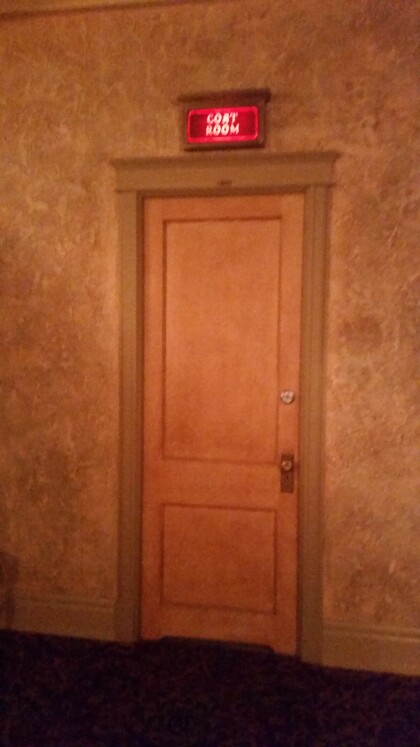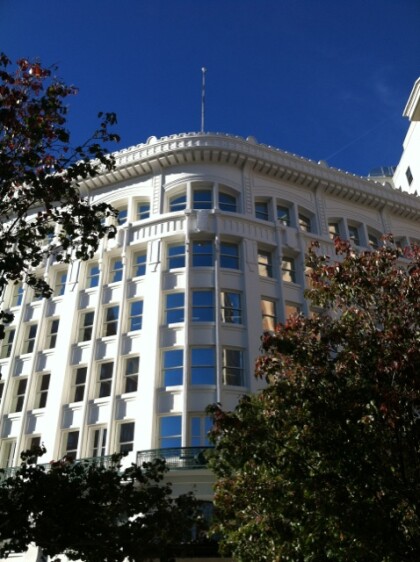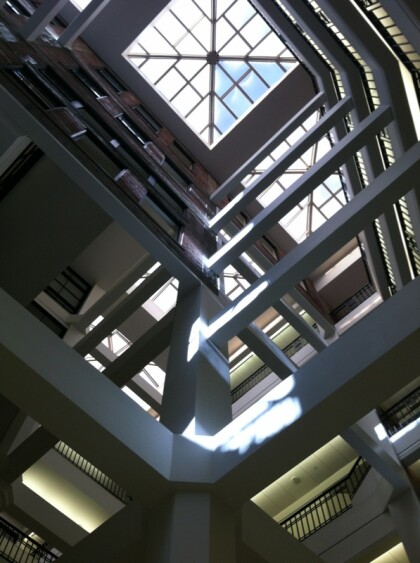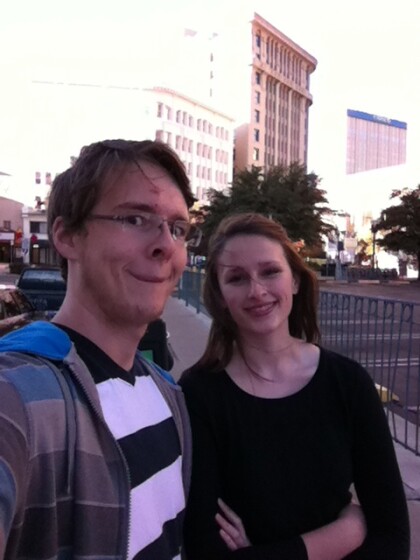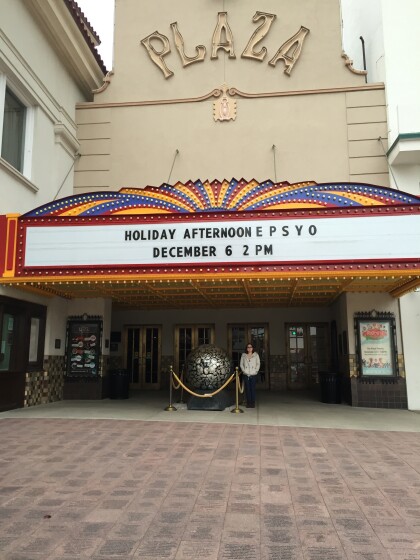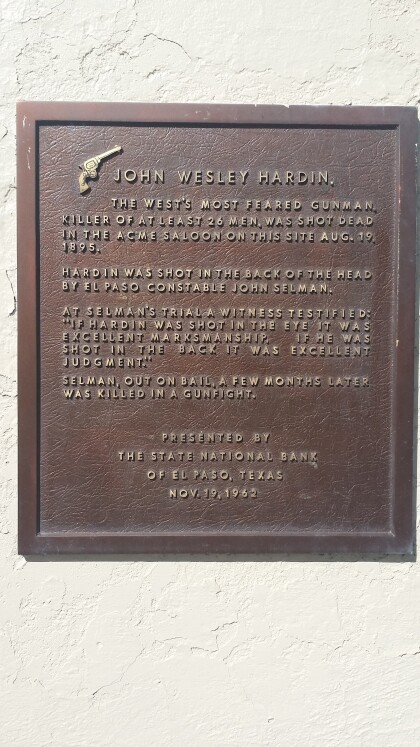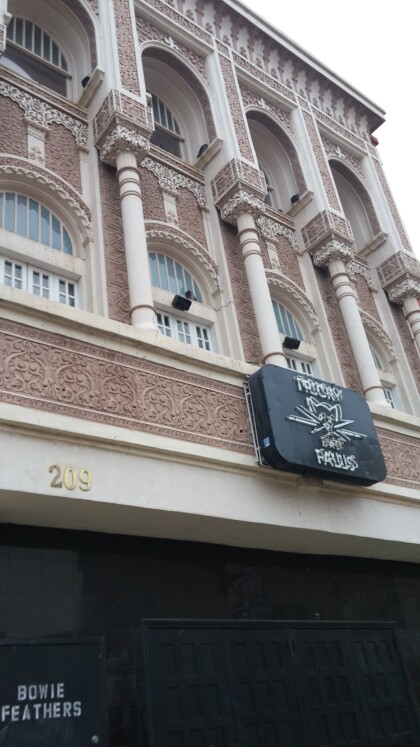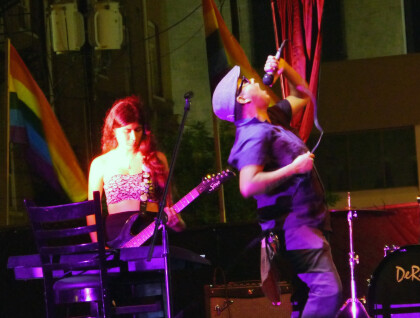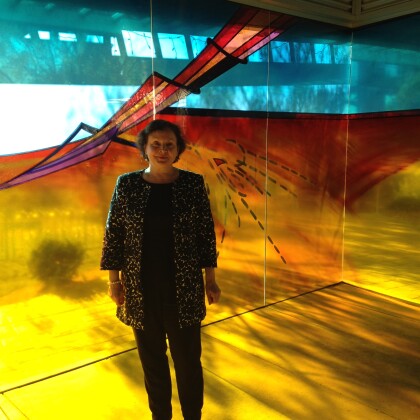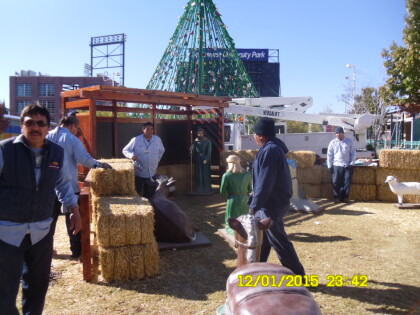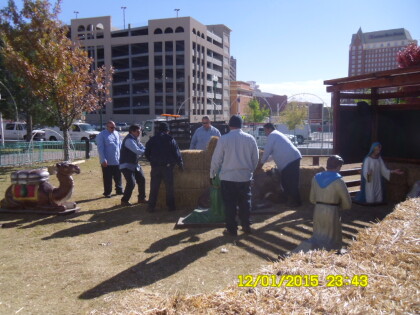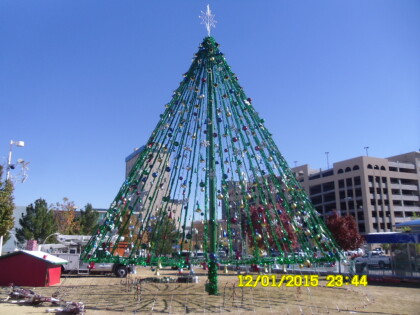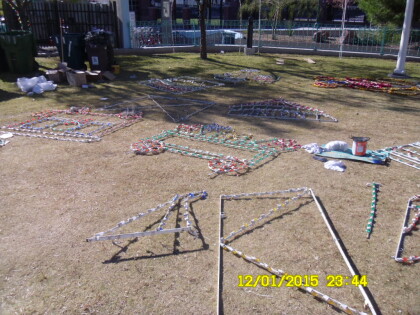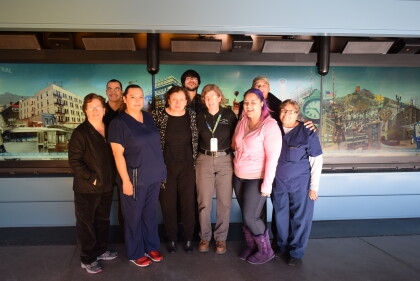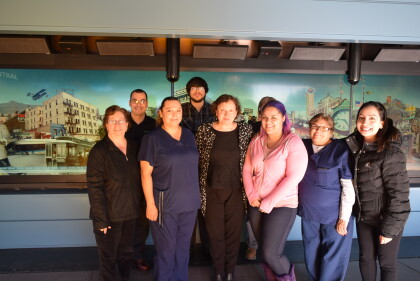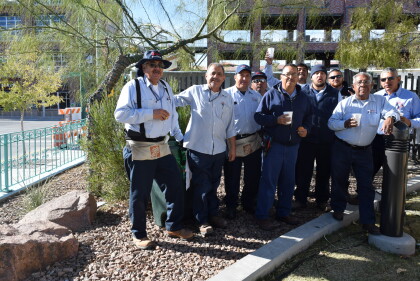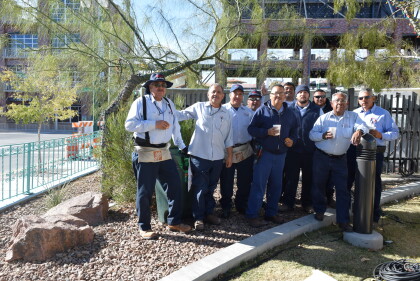Otis A. Aultman
Otis A. Aultman
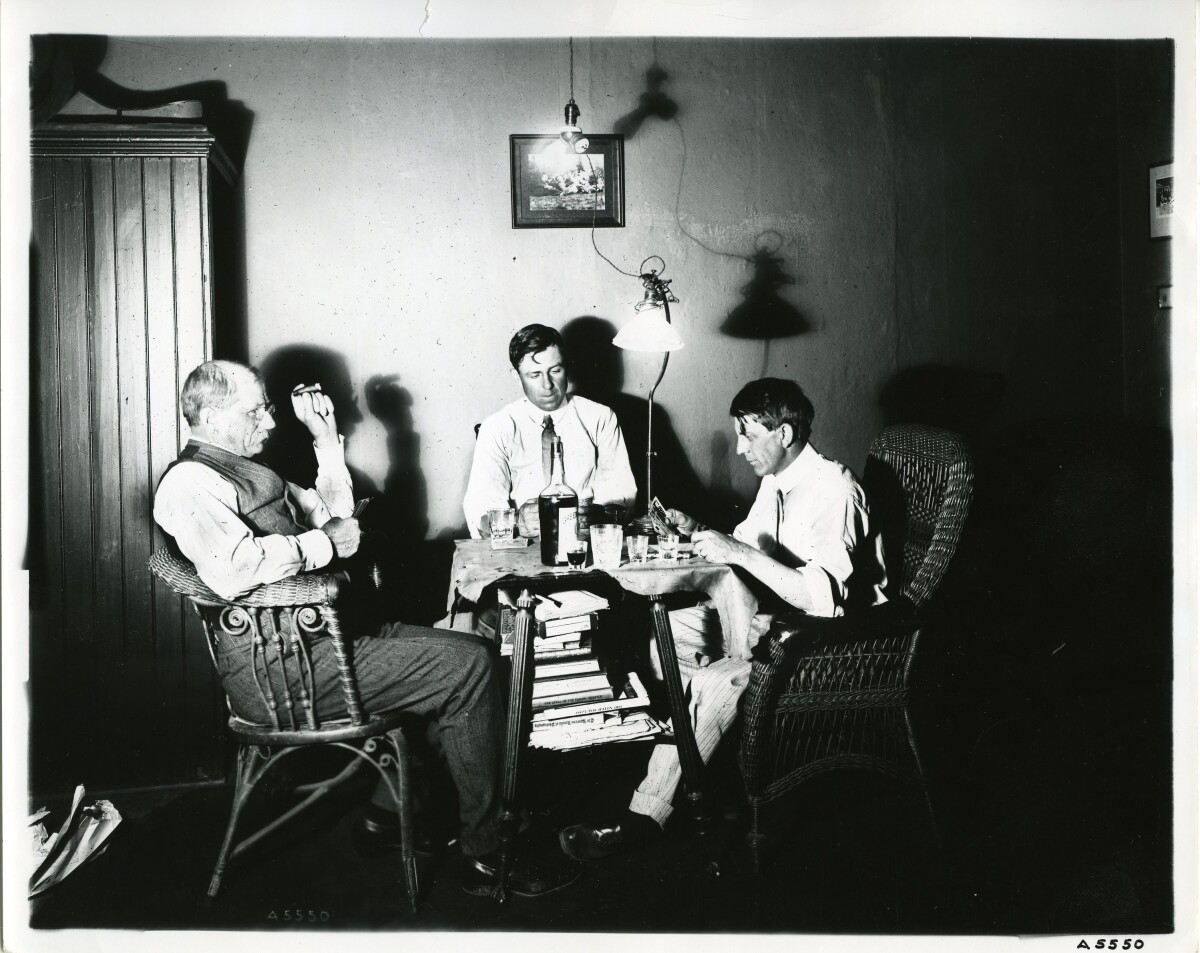
Otis A. Aultman
Otis A. Aultman playing cards with friends, he is to the far right of the image. Otis A. Aultman, photographer, was born on August 27, 1874, in Holden, Missouri. His family moved to Trinidad, Colorado, in 1888. As a young man he learned photography from his older brother, Oliver, many of whose photographs of the Trinidad area are now in the collections of the Colorado State Historical Society. Aultman married and had two children, but the marriage ended in permanent separation in 1908, after which he moved to El Paso. There he first worked for the Scott Photo Company, was later in partnership with Robert Dorman, and eventually owned his own studio. Aultman died from a fall in his studio in 1943. Subsequently, the El Paso Chamber of Commerce purchased his negatives from the estate. Over the next twenty years the negatives were moved from one storage place to another, and undoubtedly some disappeared. In the 1960s, due largely to the interest of historian C. L. Sonnichsen, the remaining 6,000 negatives were purchased, prints were made, and both negatives and prints were placed in the El Paso Public Library. A second set of prints is in the Library of the University of Texas at El Paso. Aultman's photographs are a priceless contribution to the recorded history of El Paso, southern New Mexico, and Ciudad Juárez. Equally important are his photos of the early stages of the Mexican revolution.
Report this entry
More from the same community-collection
The White House, Mills Building, and The Plaza Hotel
All of these famous El Paso landmarks in the historic Pioneer ...
The White House Department store
This department store has been around for over 100 years in one ...
Inside the White House - El Paso, Texas
One of the oldest and most well-known businesses in El Paso, ...
Me and the White House Department Store
This is a picture of me standing in front of the building that ...
Julia Bussinger - Visionary For The Digital Wall Says Goodbye
Julia Bussinger - Director of the El Paso Museum of History says ...
